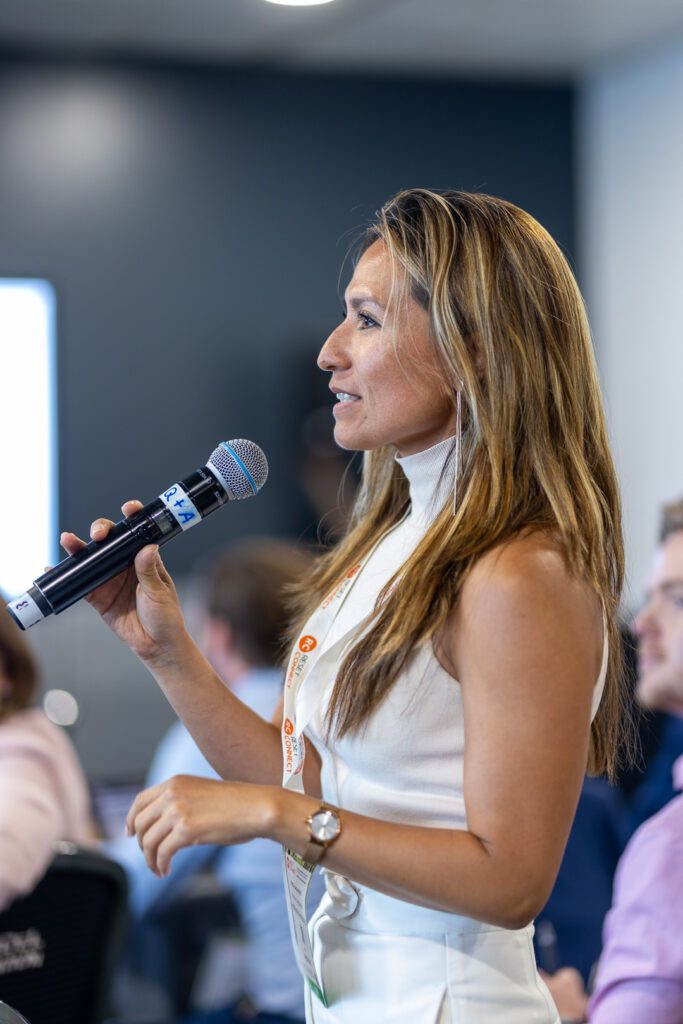Who’s piloting the approach and what have they learned?
Pilots companies demonstrate the feasibility and value of E-liability carbon accounting. Learn more about who is piloting E-liability and how E-liability is helping organizations to decarbonize their supply chains.
We currently have over 40 organizations exploring E-liability and E-asset pilots in a variety of sectors, including:
– Accommodation
– Construction
– Healthcare
– Information, Media, and Telecommunications
– Manufacturing
– Mining
– Public Administration and Safety
– Transport and Delivery
– Water Services
Any organization can find value from E-liability or E-asset pilots, so long as they are committed to decarbonization and looking for innovative approaches to help them in their strategy. In particular, the following organizations make good pilots of E-liability accounting:
1. Those with significant upstream and direct emissions for a given product or service.
2. Those with a potential competitive-advantage in GHG emissions from their own production and/or supply-chain.
3 Those with GHG-sensitive customers and investors.
There are many advantages to running an E-liability pilot:
– Improved oversight over emissions at each step of the value chain for a given product or service.
– A better understanding of internal emissions down to a granular level informed by activity-based cost accounting principles.
– Managerially useful information for decision making to drive cost-effective and efficient decarbonization.
– New strategies to streamline current carbon accounting practices and cut down on double counting and guesstimates.
– Being a part of cutting edge innovation and continual improvement in sustainability practices.
Are you interested in piloting E-liability in your organization?
Explore pilot case studies
A Southeast Asia-based company, Giti Tire, was among the first to pilot the E-liability approach. It calculated the total emissions to produce a standard passenger-car tire, a product that is both crucial to the global economy and, given its high carbon-footprint, one where emissions-reduction excellence will be essential to fighting climate change. As part of its pilot, Giti Tire will now collaborate with its steel suppliers to learn how to source low-emission, high-durability steel cord that reduces fossil-fuel usage over a car’s lifetime operations.
Curious about how the E-liability method can support companies to factor a product’s environmental footprint into purchasing decisions? This article is a deep-dive into two of our pilot studies – Giti Tire and Heidelberg Materials — that illustrate how the E-liability approach can create a competition dynamic that leads to reduced carbon outputs.
Over the past year, we partnered with Hitachi Energy and three tiers of their supply chain to analyze the E-liabilities of electrical transformers. The case study, published in November 2023, describes the fascinating insights into the copper supply chain and cradle-to-gate emissions of Hitachi products discovered during the course of the pilot.
Curious about how the Hitachi pilot calculated and analyzed the emissions data according to the E-liability method?
We also partnered with Tata Steel, which is part of India’s largest conglomerate Tata Group, to analyze the carbon content of steel produced through various methods. The compelling element of the pilot is that Tata Steel was able to differentiate what is effectively a commodity product on emissions grounds by using the E-liability methodology.



